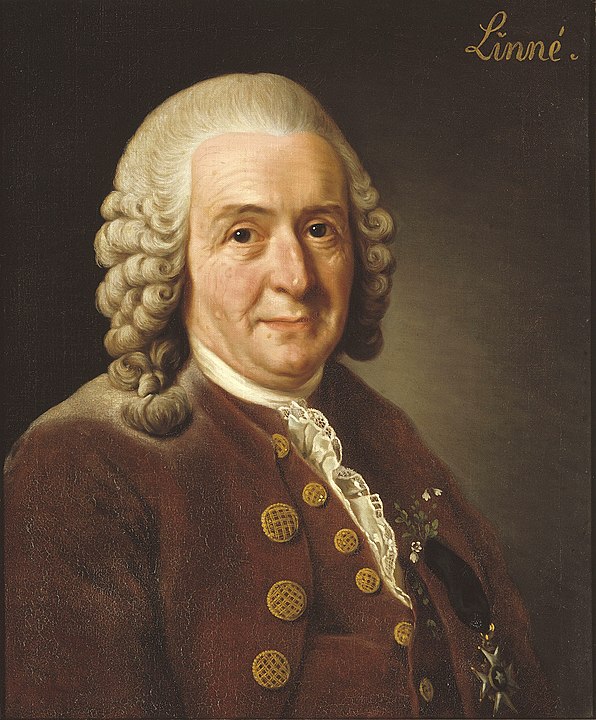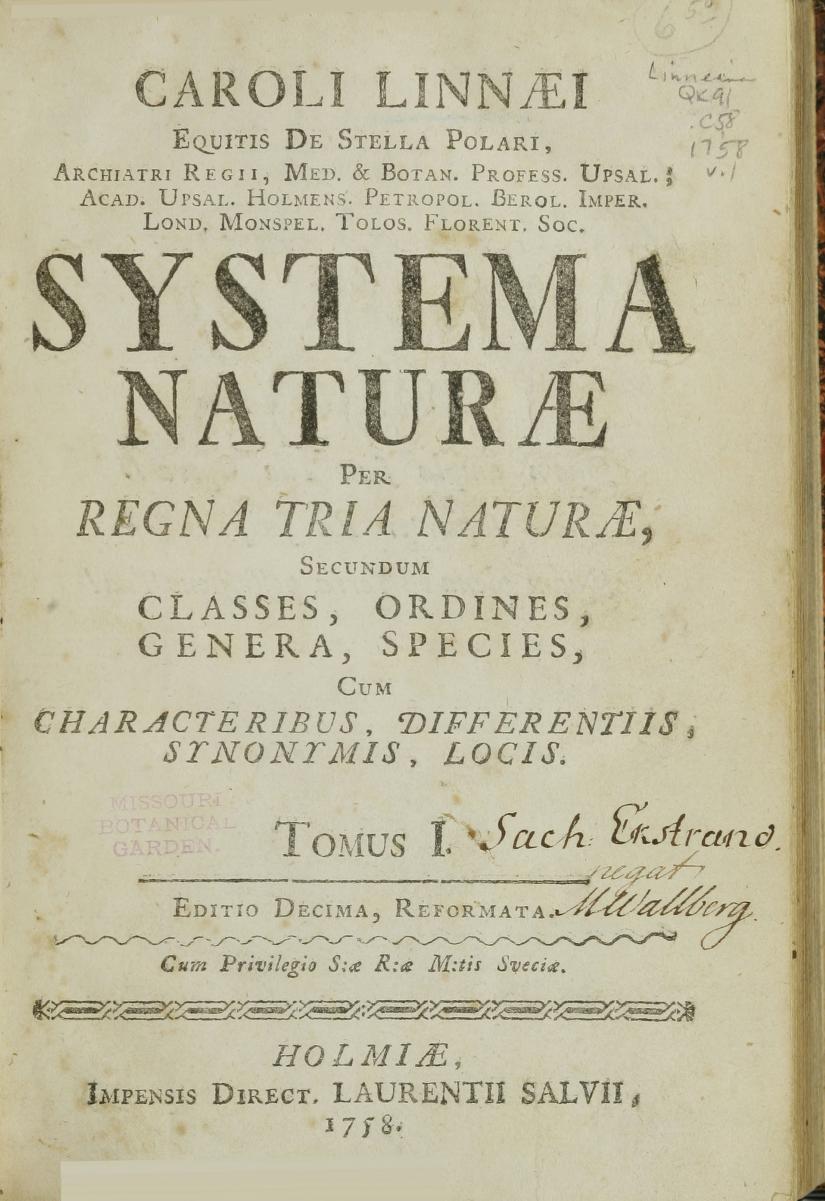|
The principles of systematics for collecting and classifiying organisms is based on structural, evolutionary relationships and the study of fossils (paleontology).
They are the foundations of phylogenic research and are based on two assumptions:
1. All forms share a DNA based system of inheritance.
2. Throughout the times, the process of natural selection has virtrually remained unchanged.
Fossils are an important base for taxonomic research but as butterflies
are delicate, they are rare.
For a long time, the oldest known fossil Lepidoptera, three wings showing scales and grooves, dated from the early Triassic period, +/- 190 million years.
In 2018, new research in northern Germany from the Triassic-Jurassiic boundary was reported in the journal, Science Advances, pushing back the fossil origin of Lepidoptera by about 70 million years. The diverse scales found confirmed a radiation of lineages.
This recent finding supports the divergence of the Glossata (the clade with a sucking proboscis) from the non-glossatan Lepidoptera, around 212 million years ago during the hot and arid Triassic.
Some more fossils have been found from the Jurassic and from the Cretaceaous. Many more fossils have been found in the Eocene Baltic amber.
The oldest Papilonoidea butterfly, from the early Eocene about 56 million years ago, has been found in Denmark.
Since the development of DNA research, the utility of DNA sequencing for taxonomic purposes is well established.
Whilst maintaining the importance of paleontological and morphological information, molecular data have become equally essential.
An important publication on the origing of butterflies was published in 2023 by a large group of researchers (url).
391 genes were sequenced from nearly 2.300 butterfly species. A new phylogenetic tree of butterflies was reconstructed representing 92% of all genera.
The analyses imply an origing of ~ 100 million years ago.
They originated in the Americas, expanded in different directions over the world and arrived only ~ 17 million years ago in Europe.
With aggregated larval host datasets and the available distribution records they also found that butterflies are likely to have fed first on Fabaceae.
Systematic position of the Papilionoidea and its families:
Kingdom: Animalia (all animals)
Phylum: Arthropoda (all arthropods)
Class: Insecta (all insects)
Order: Lepidoptera (all insects with scales on the wings)
Suborder: Glossata (all Lepidoptera with a coiled proboscis)
Infraorder: Heteroneura (all Glossata with different wing venation in both pair of wings)
Clade: Obtectomera (pupae with fused abdominal segments and strong molecular evidence)
Superfamiliy: Papilionoidea
Families: Papilionidae, Hesperiidae, Pieridae, Lycaenidae, Riodinidae, Nymphalidae
The taxonomic rank, species, is the basic unit of classification of an organism and a unit of biodiversity.
A common definition of species is a group of organisms in which two individuals of the appropriate sexes can produce fertile offspring.
Other definitions are based on morphology, ecological niche, morphology, DNA sequence and karyotype.
All definitions look adequate but often boundaries between closely related species make the interpretation problematic as is the case for allopatric taxa.
The proof is a breeding experiment but that is often difficult and time consuming.
All species are given a binomial name with the first word the genus and the second word the species. The binomial system for naming species was introduced by Carl Linneaus in the 18th century. This binomial nomenclature has proven to be essential in the scientific community. Unlike common names that differ from one language to another, such a scientific name has proven to be more consistent.
Many Papilionidae were described for the first time by Linneaus in 1758 (tenth edition of Systema Naturae)
The genus name should include only species which descended in direct line from common ancestors, in other words being monophyletic.
In case of doubt, DNA analysis can solve such questions.
  
1a. Carl von Linné by Alexander Roslin, 1775 (oil on canvas, Grispholm Caste (url) who formalized the binomial nomenclature for naming organisms (
2b. Front page of the book, Systema Naturae, published in 1758 by Linneaus (Copyfree, Biodiversity Heritage Library
3b. The description by Linneaus of different Pieridae on page 468 of the book published in 1758 (Copyfree, Biodiversity Heritage Library
The International Code of Zoological Nomenclature (ICZN; url) is a widely accepted convention that rules the scientific naming of animals.
The rules in the code determine what names are valid for any taxon in the family, genus and species group.
A subspecies is a rank below species. It is used for populations that are allopatric and different in morphology and can produce fertile offspring.
The differences between subspecies is less distinct than the differences between species and often the subject of debate. Is is often abbreviated as subsp. or ssp.
A form is a group of organisms within a species showing a morphological variation. Is is noted as forma or f. It has no status in the ICZN.
Spring generation is called forma vernalis and summer generation forma aestivalis.
An atypical individual is called an aberration (aberratio)
The nomenclature for the Papilionoidea used in this website follows two recent publications: Wiemers et al. 2018, Dapporto et al. 2022 and Taymans & Cuvelier 2024, the dynamic checklist of the Western Palearctic butterflies hyperlinked to the original descriptions at species, genus and family level (Lepidoptera, Papilionoidea)
Useful link
(url) van Eldijk T. Wappler T., Strother P., van der Weijst C., Rajaei H., Visscher H. & van de Schootbrugge. 2018. — Science Advances 4(1), e1701568. DOI: 10.1126/sciadv.1701568.
(url) Mitter C., Davis D. & Cummings M. 2017. Phylogeny and Evolution of Lepidoptera. — Annual Review of Entomology 62: 265-283.
(url) Kawahara A. et al. 2023. A global phylogeny of butterflies reveals their evolutionary history, ancestral hosts and biogeographic origins. — Nature ecology and evolution 7: 903-913.
Contact
|
 xx
xx 


